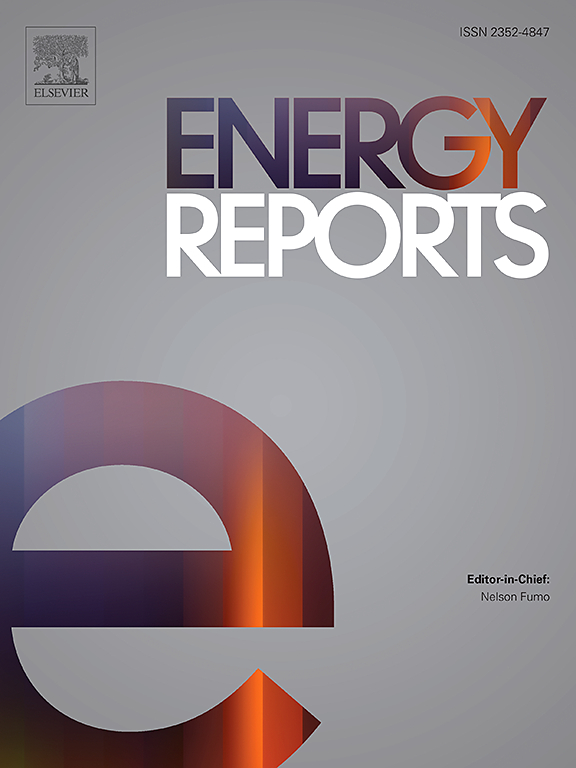白头翁型煤的制备与表征。(几内亚草)和木薯皮废料
IF 5.1
3区 工程技术
Q2 ENERGY & FUELS
引用次数: 0
摘要
家庭和商业应用严重依赖木材燃料,特别是在撒哈拉以南非洲,这大大加速了森林砍伐,因为树木被砍伐以满足能源需求。为了解决这一问题,人们开始探索将生物质残渣转化为生物燃料。因此,本研究的目的是研究联合大黄的效果。(几内亚草)与木薯皮废料作为该地区可用的生物质资源,用于生产型煤及其作为固体燃料的潜在用途。主要分析包括密度、近似分析、热值和燃烧测试。以木薯皮为主要原料,用不同比例的木薯皮和几内亚草(100:0,80:20,60:40和0:100)生产成型煤。用直径50 毫米,高70 毫米的不锈钢模具,用手动压紧型煤。确定最佳致密化条件为压实压力为10 MPa,温度为120℃,含水率为10 - 12 %。结果表明,增加豚草含量降低了热值,但提高了机械强度。80:20的热值为17.10 MJ/kg,脆度为0.7 %;60:40的热值为16.91 MJ/kg,脆度为0.45 %。燃烧试验的结果表明,由木薯皮废料和几内亚草组合制成的压块是可行的,并且比木柴提供更好的燃料效率。本文章由计算机程序翻译,如有差异,请以英文原文为准。
Production and characterization of briquettes from Panicum maximum Jacq. (guinea grass) and cassava peel waste
The heavy dependence on wood-derived fuels for both domestic and commercial applications, particularly in Sub-Saharan Africa, has significantly accelerated deforestation as trees are cut down to meet energy demands. To address this issue, the conversion of biomass residues into biofuels has been explored. Therefore, this study aims to examine the effects of combining Panicum maximum Jacq. (guinea grass) with cassava peel waste as available biomass resources in the region for briquette production and its potential use as a solid fuel. Key analyses included density, proximate analysis, calorific value, and combustion test. Briquettes were produced with varying ratios of cassava peel to guinea grass (100:0, 80:20, 60:40, and 0:100), where cassava peel was the main material. Briquettes were densified using a manual press with a stainless-steel mold measuring 50 mm in diameter and 70 mm in height. Optimal densification conditions were determined to be a compaction pressure of 10 MPa, a temperature of 120°C, and a moisture content of 10–12 %. The results indicated that increasing guinea grass content lowers calorific value but improves mechanical strength. The 80:20 ratio yielded a higher heating value of 17.10 MJ/kg with a friability of 0.7 %, while the 60:40 ratio had a value of 16.91 MJ/kg and a friability of 0.45 %. The results of the combustion test indicated that briquettes made from a combination of cassava peel waste and guinea grass are viable and provide better fuel efficiency than firewood.
求助全文
通过发布文献求助,成功后即可免费获取论文全文。
去求助
来源期刊

Energy Reports
Energy-General Energy
CiteScore
8.20
自引率
13.50%
发文量
2608
审稿时长
38 days
期刊介绍:
Energy Reports is a new online multidisciplinary open access journal which focuses on publishing new research in the area of Energy with a rapid review and publication time. Energy Reports will be open to direct submissions and also to submissions from other Elsevier Energy journals, whose Editors have determined that Energy Reports would be a better fit.
 求助内容:
求助内容: 应助结果提醒方式:
应助结果提醒方式:


